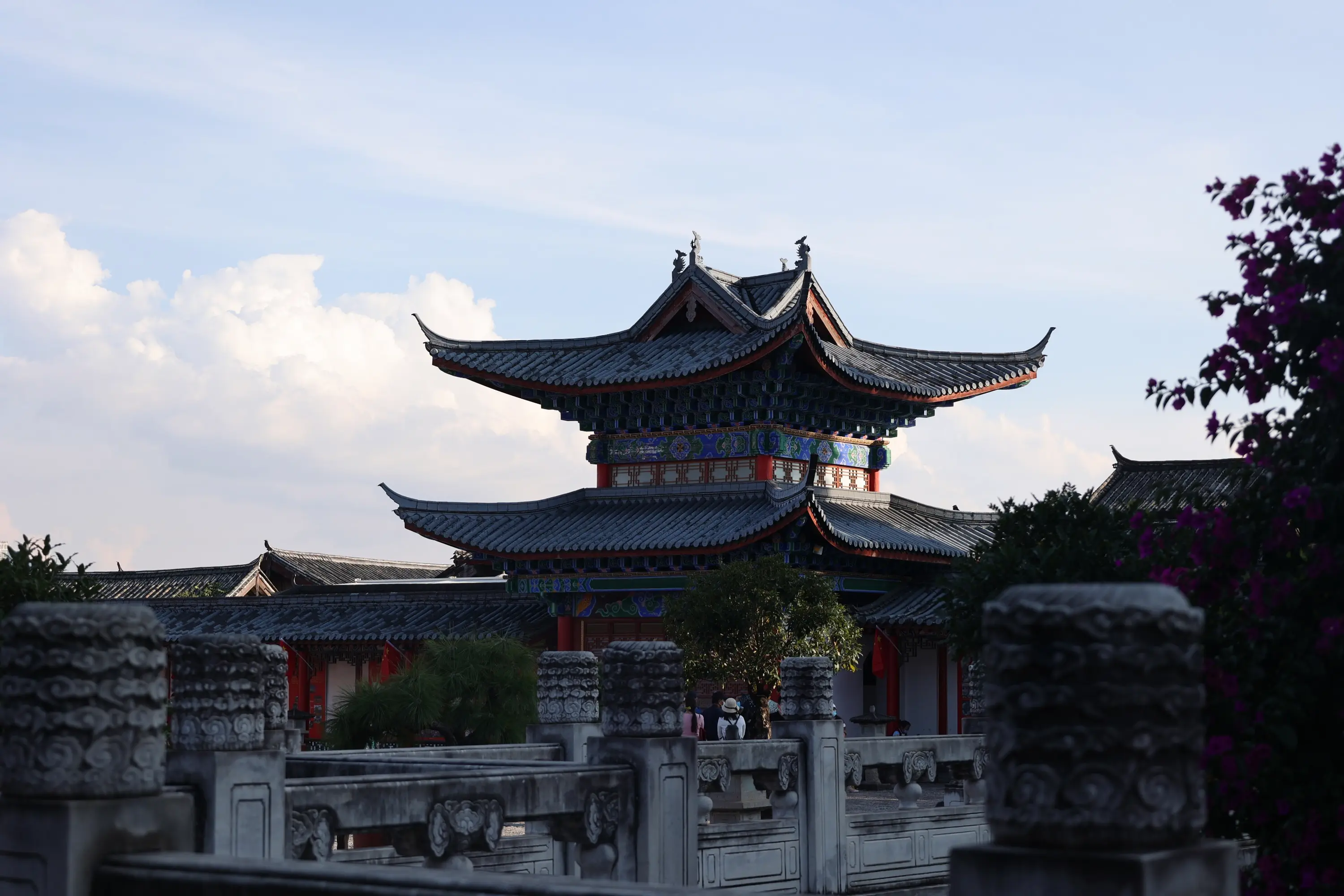Overview
Chinese Name: 丽江古城
English Name: Old Town of Lijiang; Lijiang Ancient Town; Dayan Old Town
Location: Yunnan
Type: Ancient culture and art
Rating Level: AAAAA (5A)

Brief Introduction
Old Town of Lijiang is located in the ancient city area of Lijiang City, Yunnan Province, also known as Dayan Town 大研镇. It was built in the late Song Dynasty and early Yuan Dynasty (late 13th century AD). It is located in the Yunnan Guizhou Plateau 云贵高原, with an area of 7.279 square kilometers.
The streets in the Old Town of Lijiang are built near mountains and rivers, paved with red breccia, and there are scenic spots such as the Historical and Cultural Exhibition Hall of the ancient city of Lijiang, and the Xuxiake 徐霞客 Memorial Hall of the ancient city of Lijiang. Lijiang is one of the second batches of approved famous historical and cultural cities in China, and one of the two ancient cities in China that successfully applied for the world cultural heritage with the whole ancient city. Lijiang Ancient City reflects the achievements of ancient Chinese urban construction and is one of the types of Chinese folk houses with distinctive characteristics and styles.

The ancient city of Lijiang was built at the end of the Song Dynasty and the beginning of the Yuan Dynasty (the late 13th century). The ancestors of Lijiang Mu moved the ruling center from Baisha Ancient Town to Shizishan Mountain, and began to build houses and cities, known as “Daye Market 大叶场”.
From June 24 to July 6, 2012, the World Heritage Committee under the United Nations Educational, Scientific and Cultural Organization (UNESCO) approved the proposal for the adjustment of the small border and buffer zone of the ancient city of Lijiang at the 36th World Heritage Conference held in St. Petersburg, Russia, adjusting the area of the ancient city of Lijiang from 3.8 square kilometers to 7.279 square kilometers.

What are worth visiting and seeing?
Architectures
The Old Town of Lijiang has not been affected by the replication of the Central Plains-built city, which is nine miles away, with three gates on the side, nine latitudes in the middle of the country, and nine tracks along the way. There is no regular road network and strict city wall in the city. The layout of the ancient city is connected by three mountains and one river; The water system uses three rivers to pass through the city and every family runs water; The layout of the streets and the meridians have a style of melody, seclusion, narrowness, and expressiveness. The pattern of Lijiang Ancient City is a spontaneous form of sitting northwest to southeast.

The Mufu 木府 was originally the government office of the hereditary chieftain Mu in Lijiang, located at the east foot of the ancient city of Shizi. It was first built in the Yuan Dynasty (1271-1368 AD) and was rebuilt as the ancient city museum in 1998. The Wooden Mansion covers an area of 46 mu. There are 162 rooms of different sizes in the Mansion, and the central axis is 369 meters long. Eleven plaques awarded by successive emperors are hung inside, reflecting the rise and fall of the Mu family.

The Five Phoenix Tower 五凤楼 is located in the Fuguo Temple 福国寺 in the city. It was built in the 29th year of Wanli (1601 AD) of the Ming Dynasty and is 20 meters high. The building is named Wufeng Building because it resembles five colorful phoenixes flying in. There are many exquisite patterns painted on the ceiling of the building.
The Five Phoenix Tower is a treasure and a typical example of ancient Chinese architecture, integrating the architectural art styles of Han 汉族, Tibetan 藏族, Naxi 纳西族, and other nationalities.

There is a mountain at the southwest corner of Lijiang Ancient City, which looks like a lying lion guarding the ancient city. It is Lion Mountain 狮子山, which was opened as a park in 1998.
The five-star classical wood structure view building built on the top of the mountain is called “Everlasting Building 万古楼”. The building is 32.8 meters high, with 16 24-meter-long wooden columns leading to the top. There are 12600 leading enterprises of Naxi style in size upstairs, making it the world’s largest.

Culture
Lijiang Ancient Music, commonly known as Naxi Ancient Music, is a relic of ancient music that lives in the Dayan Ancient City of Lijiang and its surrounding Naxi ethnic groups. Its music mainly consists of instrumental ensemble, songs, and dance songs. Musical instruments played include Bobo 波波, Sugutu 苏古笃, Erhuang 二簧, Huqin 胡琴, etc.

Lijiang murals are the crystallization of the economic prosperity of the Ming lords, the absorption of other national cultures by the Naxi people, and the development of their own national culture. The murals integrate the Han, Tibetan, and Naxi cultures and integrate all religions, showing Tibetan Buddhism, Confucianism 儒家, Taoism 道教, and other life stories. The Baisha murals are unique in absorbing all kinds of religious cultures and artistic schools.
